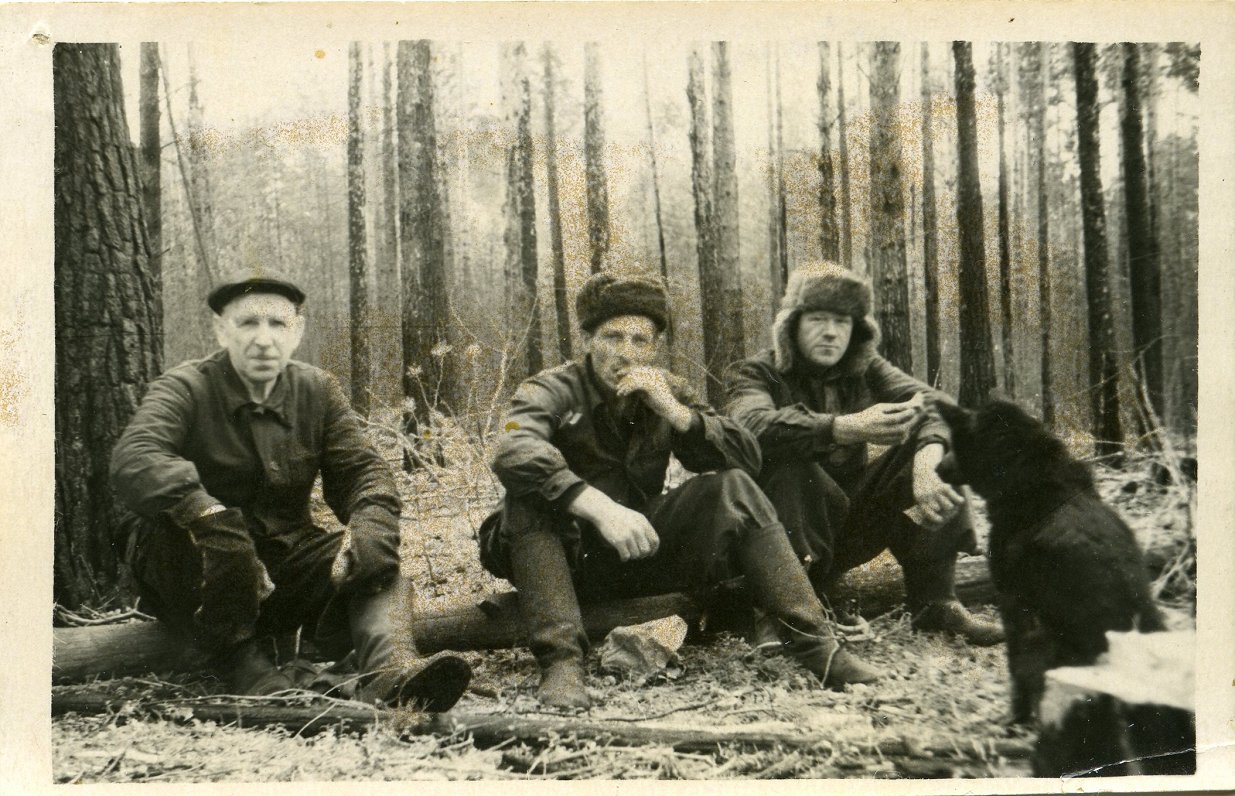During the Second World War, approximately 115 000 Latvian soldiers served in the Nazi German armed forces against the Soviet Union. At the end of the war, almost 50 000 of them became Soviet prisoners-of-war, imprisoned for short or long periods of time in Soviet filtration or Gulag camps.
Among them were soldiers who were captured in battles on the eastern front in Russia in 1943-1944, those who had either been separated or deserted from their units, and those who had been sent to Germany in 1944–1945 and were surrounded or injured in battle.
This number also included soldiers extradited from Italy, France, and Sweden; those who were repatriated from English and American captivity; and Legionnaires who were still fighting in the 'Courland Pocket' when the war ended on 8 May 1945.
Soviet armed forces, in extended formations, combed the forests of the
Courland Pocket area up until the end of May 1945 and herded all males between 16 and 60 into collection areas surrounded by barbed wire. Frequently, the captured were shot on the spot, immediately upon detention or shorty thereafter.
Prisoner verification procedures were organized and implemented by the infamous Soviet Red Army Counter-intelligence Branch SMERSH (“Death to spies”). Many of the imprisoned were gathered in Kūldīga, Grieze, Kandava, and elsewhere, but prisoners who ended up in the furthest regions of the USSR were usually deported after being processed in filtration points in Jelgava, Riga, or Daugavpils. After numerous verification sessions, they passed through filtration camps and were forced to work in a variety of factories and building projects; those who were convicted – most frequently under Article 58 of the Russian SFSR Penal Code (as enemies of the state) – ended up in special camps or settlements.
Soviet security authorities arrested well-known Latvian Legion officers, tried them at special war tribunals, and sentenced them to death – their crime being resisting the Soviet army. Among them were Lieutenant-colonel Nikolajs Galdiņš (executed 5 October 1945 in Leningrad) and Captain Miervaldis Ādamsons (executed 23 August 1946 in Riga). Later, the Soviet regime also executed captured commanders of partisan units who continued resistance to the occupation.
However, most of the captured Legionnaire officers were sentenced to 10–25 years in hard labor camps or general corrective labor camps in far-flung Kolyma, Karaganda, Vorkuta and Norilsk.
Thousands more Latvians slaved in Medvezhyegorsk in Karelia, Moscow and its environs, Morshansk in Tambov, Solikamsk in Perm, Severouralsk in Sverdlovsk, Komsomolsk-on- Amur, Sov Gavan in Khabarovsk, and many other locations.
Many never returned, and a number of the former Legionnaires experienced repeated arrests and imprisonment after they had served their initial sentence. The forced imprisonment of tens of thousand of Latvian citizens in the Gulag camps and their treatment as Soviet citizens was a human rights violation under international law. Provisions and living conditions in the filtration camps were deplorable with illness, and sometimes death, resulting from malnutrition, poor hygienic conditions, lack of medical treatment, and exhausting labor.
Frequently, time spent in these camps resulted in negative effects on both physical and mental health that had long-lasting effects. After their return to Latvia, former Legionnaires experienced physical and moral discrimination for the entire duration of Soviet occupation. Frequently, family members suffered as well:
A good example is Legionnaire Lieutenant Rolands Kovtuņenko who returned in 1955 after ten years in the Urals, Kazakhstan, and Vorkuta Gulag. He tried to enroll in the Riga Road Construction Technical School. On his second application attempt, he succeeded in being admitted to entrance exams, which he passed with flying colors, but the director refused him entry noting: “With this biography? With your two Iron Crosses? I am not allowed to admit you.”
Former Legionnaires were often denied access to proper medicine, not to mention treatment time in sanatoriums or similar health institutions. These restrictions and the inability to resign themselves to life in Soviet occupied Latvia caused some former Legionnaires to become alienated from society, resulting in increased use of alcohol and other socially unacceptable behavior. Only on rare occasions were former Legionnaires able to hide their war activities from Soviet authorities for an extended period of time. Occasionally, serendipity, benevolent managers, or the individual’s abilities and competence allowed some to develop a relatively successful career during Soviet occupation.
Former Air Force assistant Harijs Liepiņš returned from 18 months heavy labor in a coal mine in Vorkuta Gulag and successfully graduated from the Daile Theatre Studio to become a famed actor of stage and screen. In contrast, renowned songwriter Eduards Rozenštrauhs suffered repressions at the hands of both Nazi and Soviet authorities, and spent the post-war years eking out his existence with casual jobs or as a security guard at the VEF factory.
The Latvian Legion was a taboo topic in the Soviet arts as well. If any works addressing this topic managed to escape the watchful eyes of the censors, it was only briefly and followed by a ban such as Rolands Kalniņš’ remarkable 1966 film Akmens un šķembas [Rock and Fragments].
Only during the period of the 'Third National Awakening' was the fully-fledged return of Legionnaires into society, and a discussion of their history possible, which coincided with the actual renewal of Latvian sovereignty and the factual assessment of the events of World War II. As March 16 continues to demonstrate, that is a discussion that in many ways continues to this day.































